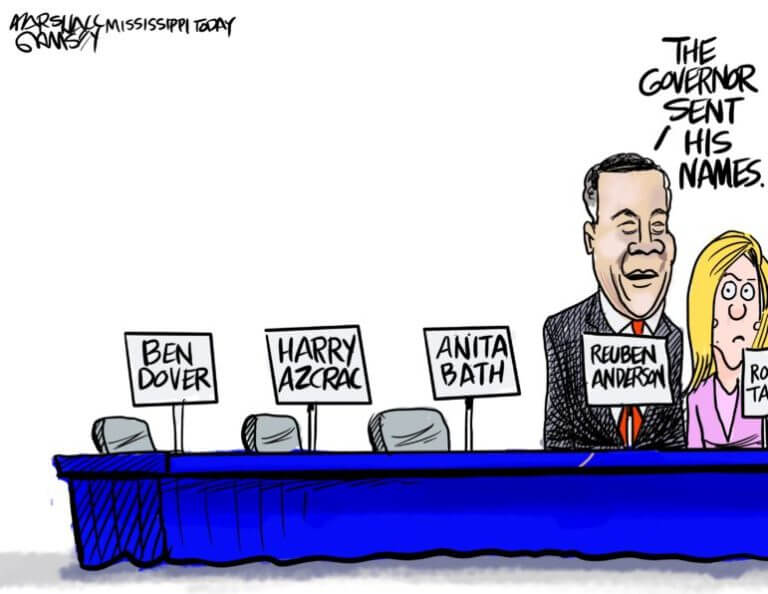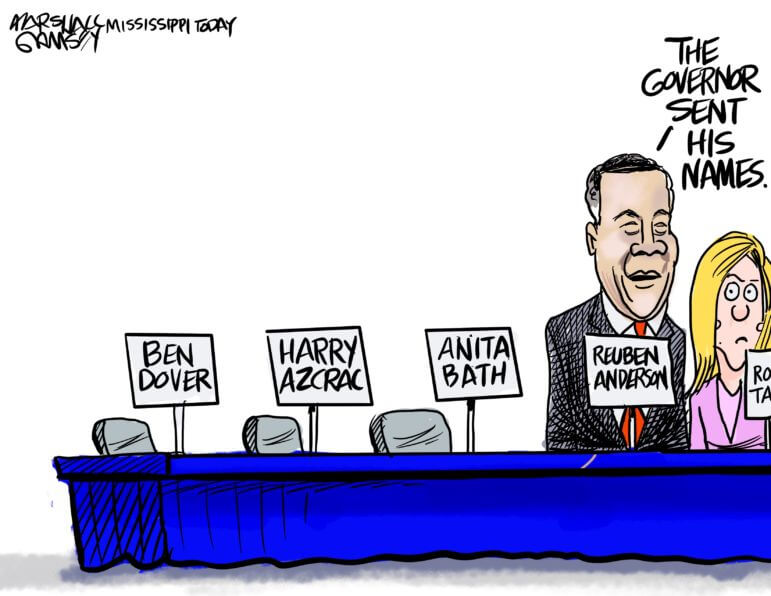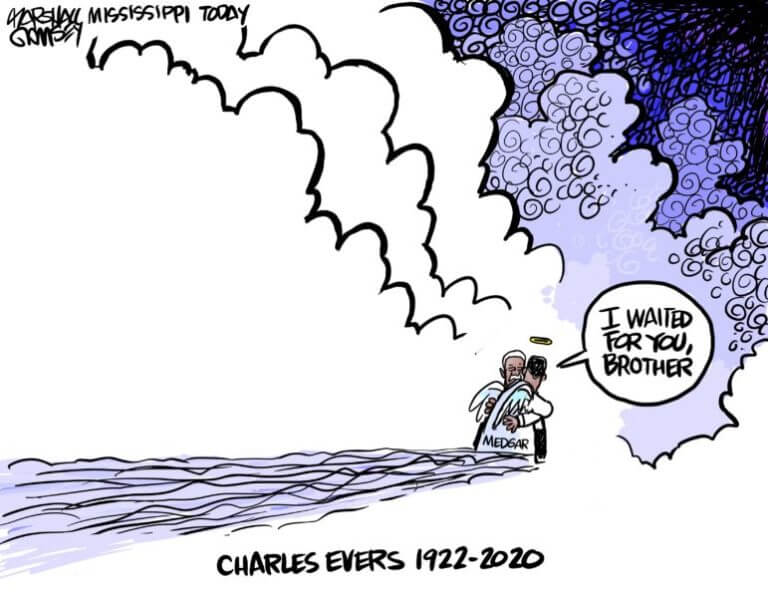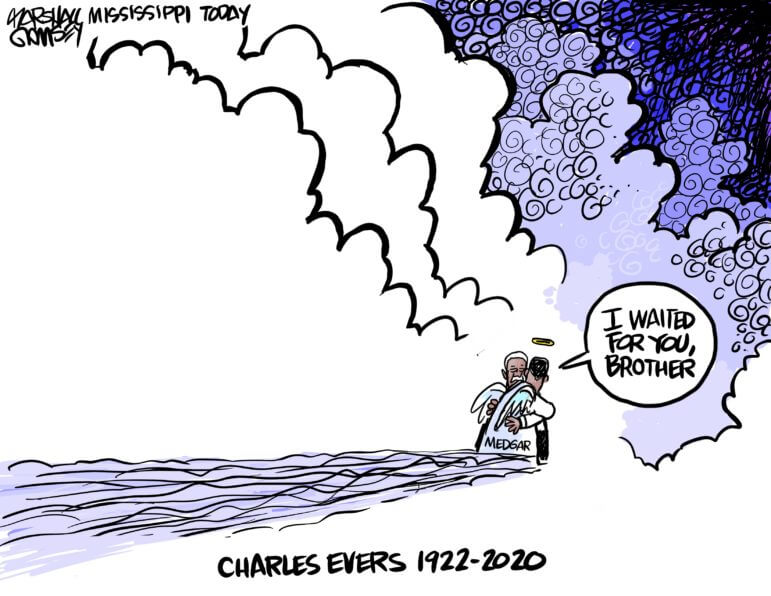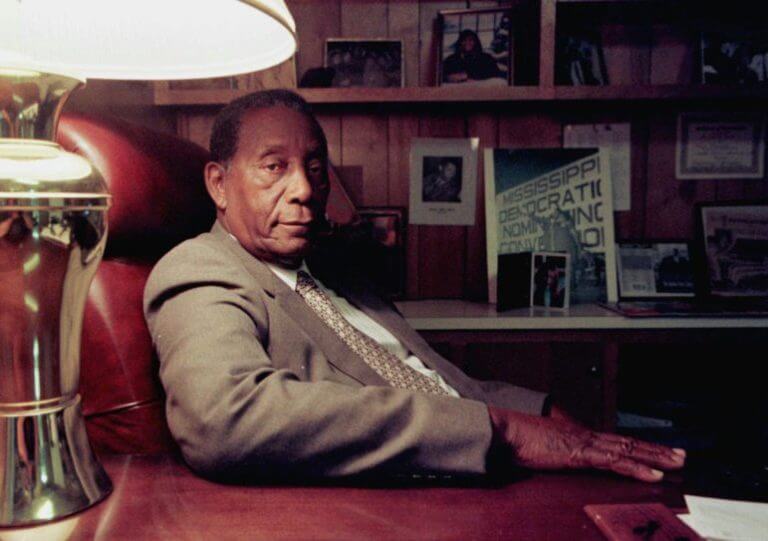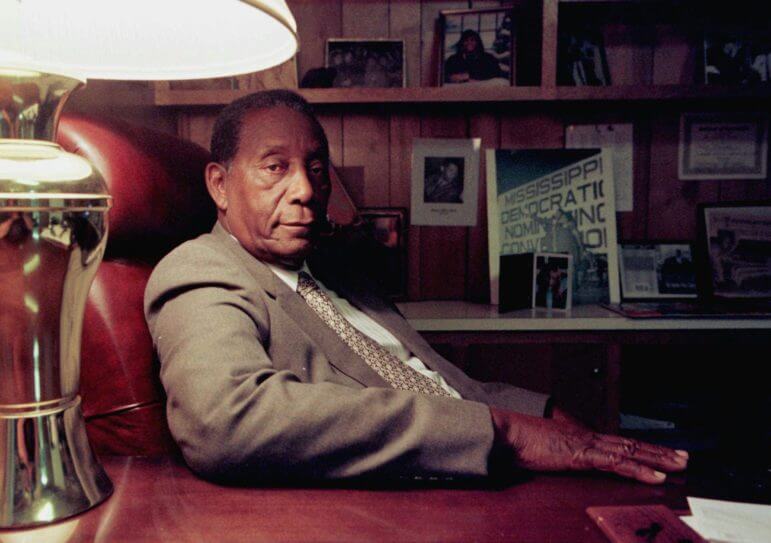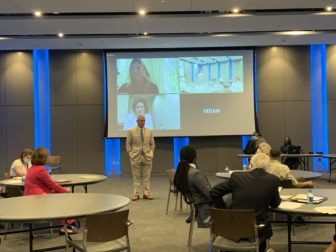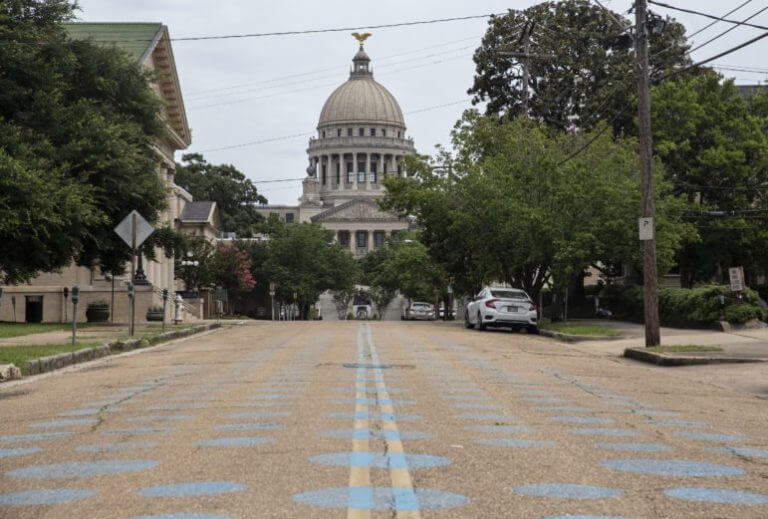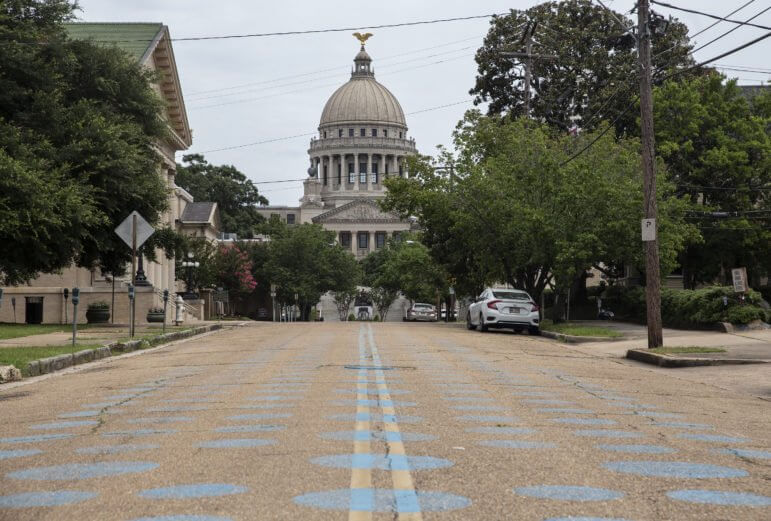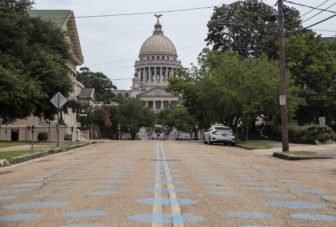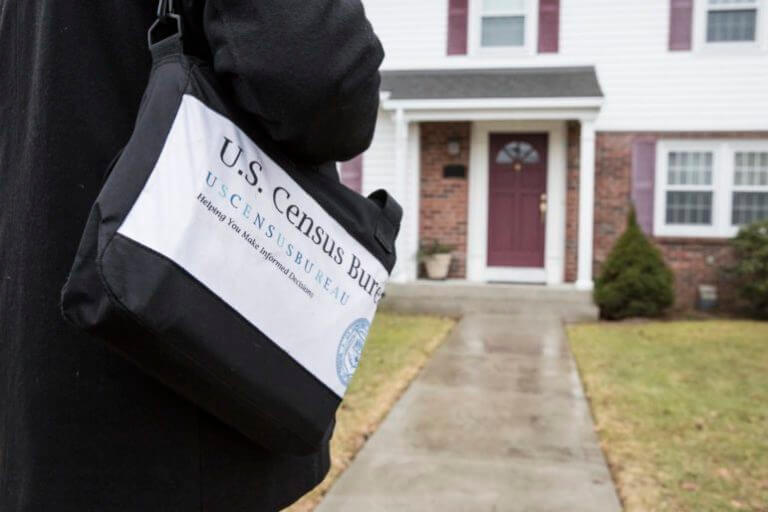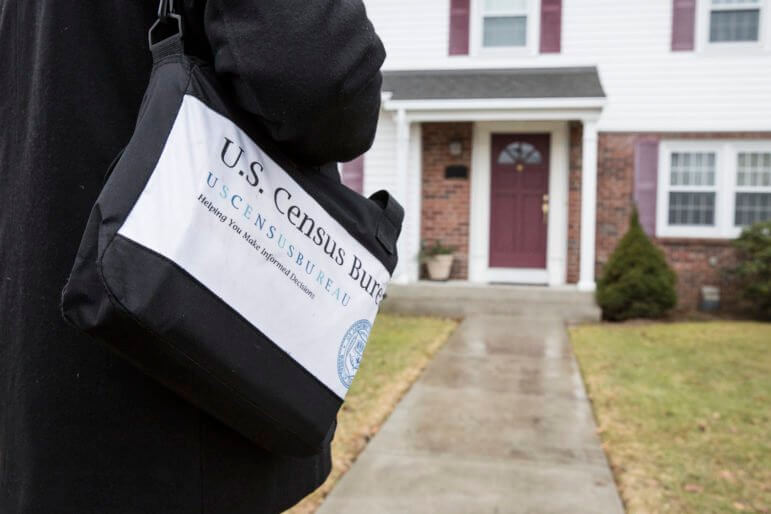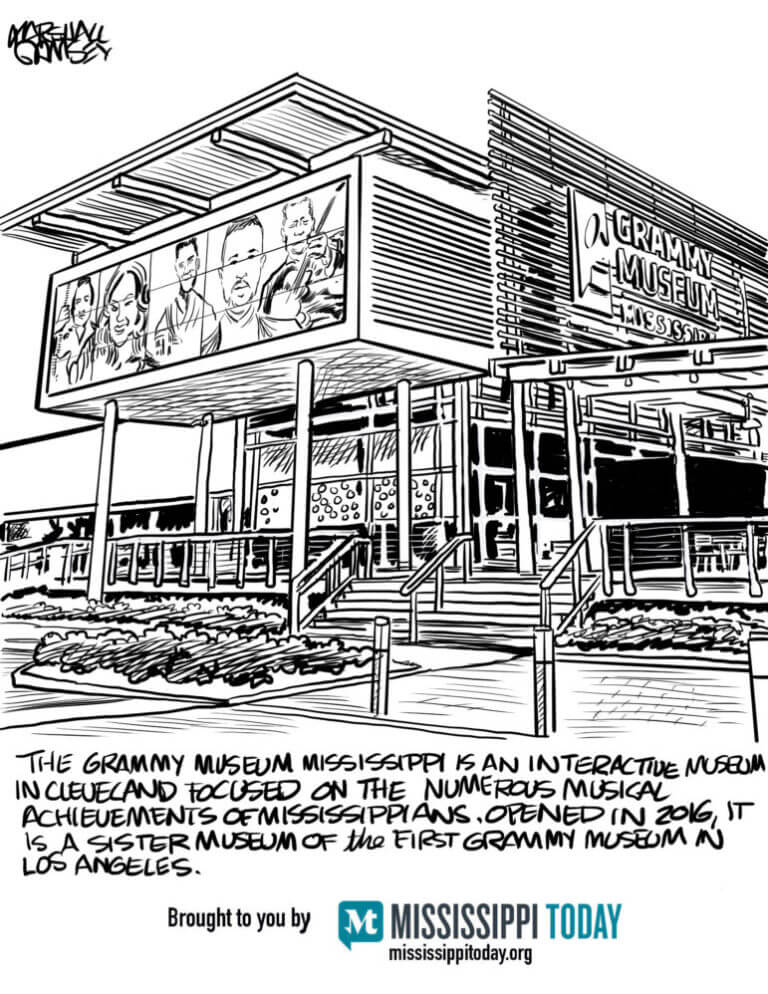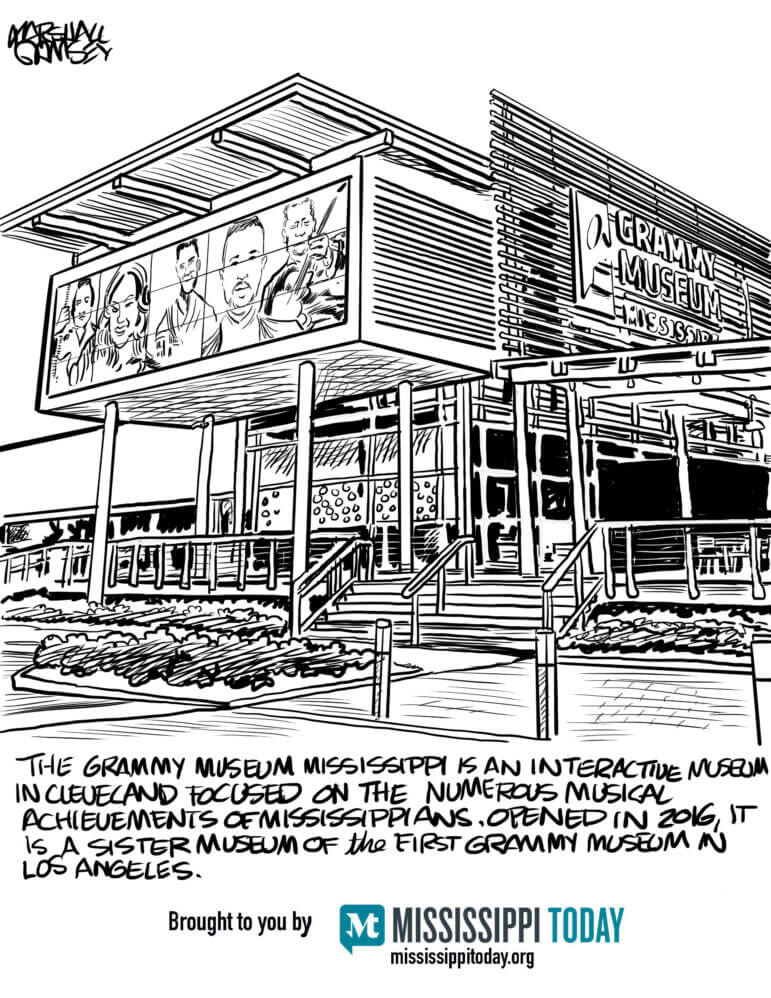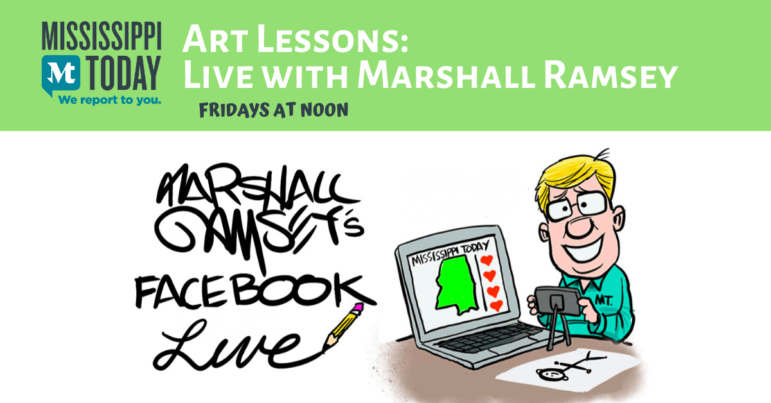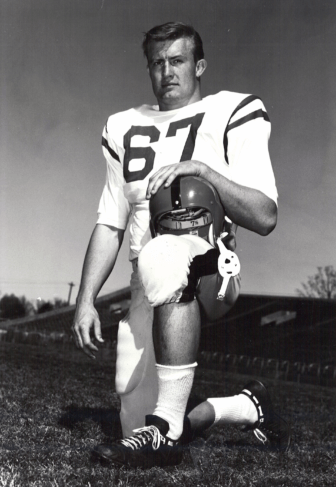
Stan Hindman, a consensus All American for Ole Miss in 1965, died on July 15 in California.
This was Nov. 3, 1963, a Saturday. Ole Miss was playing a rare afternoon football game against LSU in Baton Rouge. CBS was broadcasting. I was 11 years old, watching on a black and white TV in Hattiesburg.
As was always those case in those days, the Ole Miss-LSU game had SEC and national championship implications. Ole Miss was undefeated. LSU had lost once. Ole Miss sped to an early lead and LSU was fighting to get back in the game. And then it happened.
Ole Miss punted and LSU speedster Joe Labruzzo, who had run the 100-yard dash in 9.6 seconds for the LSU track team, gathered in the kick at his own 14 and took off. He broke into the clear and seemed headed for an 86-yard touchdown that might have turned the game around. Then, a huge Ole Miss player appeared on the screen, racing to try and catch Labruzzo from behind. This huge, speeding Rebel was a sophomore from Newton, named Stan Hindman. Labruzzo weighed 175 pounds. Hindman weighed 232. As Labruzzo crossed the 5-yard-line, Hindman reached out his right arm, snagged Labruzzo from behind, and took him down at the one-yard-line. Ole Miss then held the Tigers on a goal line stand and went on to win the game 37-3. Nearly 57 years later, Hindman’s rundown of Labruzzo remains one of the most incredible athletic feats I have witnessed.
“Not many linemen anywhere could have done that,” Ole Miss coaching legend John Vaught said in the next day’s newspaper. Vaught called Hindman the “greatest lineman he had ever coached at this stage of his career.”
When told the player who had run the great Labruzzo down from behind was a sophomore guard, LSU coach Charlie McClendon responded: “A guard, you say. I can’t believe it.”

Rick Cleveland
So why bring up this play from 57 years ago? Because Stan Hindman, a Mississippi Sports Hall of Famer, died July 15 in Oakland, Cal., where he was a renowned architect and sculptor. Hindman, three times an All-SEC player and once a consensus All-American, was 76.
Stan Hindman, a college football god, was the quintessential Renaissance man. A pre-med major who made straight As, he was as interested in art as he was football, says Mike Dennis, his roommate for four years at Ole Miss.
“Stan wasn’t like the rest of us; he studied all the time,” said Dennis, a running back who became a dentist. “Stan loved school. He loved to learn.”
Stan Hindman, whose younger brother Steve was also an Ole Miss star, did not originally attend Ole Miss. No, he accepted an appointment at West Point to play football for Army. Federal judge Rhesa Barksdale was in the same plebe class as Hindman at West Point. Says Barksdale, “He was only at West Point for two months and he was already the best football player Army had. He was unbelievable.”
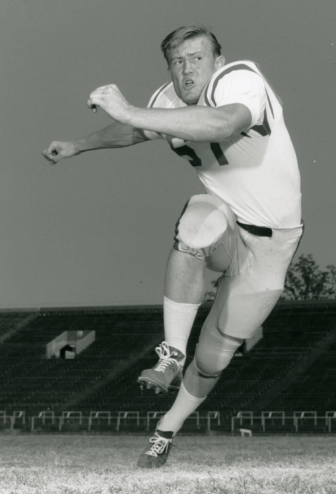
Ole Miss athletics
Stan Hindman was a big, fast guy.
And he was out of place. The Army way did not suit Hindman, who had been recruited by all the southern football powers including Ole Miss and LSU. In October, he called Vaught to see if Ole Miss still had a scholarship for him. Vaught, of course, said he did, and then Vaught had someone go fetch Dennis, who was an Ole Miss freshman and a friend of Hindman’s from when they had competed against one another in high school track meets. Vaught did not often talk to freshmen back then, and Dennis wondered what he had done wrong to be summoned by the legendary head coach.
“Mike, I have some really good news,” Vaught told him. “Stan Hindman is joining us at Ole Miss. And, Mike, you are going to be his roommate.”
Dennis reminded Vaught he was rooming with another freshman, who, as Dennis, had attended Murrah High School. Vaught responded, “Mike, as I told you, I want you to room with Stan Hindman.”
And that was that. Hindman and Dennis, both future pro football players, roomed together all four years at Ole Miss. Says Dennis, who now lives in Oxford, “I can honestly say we never had a harsh word, not one.”
“Stan was a quiet guy, and one of the smartest guys I ever knew,” Dennis says. “He could have been a great doctor, or a dentist like his dad, or an engineer or anything else.”
Stan Hindman was drafted in the first round by the San Francisco 49ers, and, says Dennis, could have been All-Pro offensive lineman from the start. But the 49ers needed more help on defense and so he began his pro career as a defensive end. When a serious knee injury caused him to lose a step, he slid over to defensive tackle. He wore jersey number 80, the same jersey another Mississippian, Jerry Rice, would wear years later.
Hindman started and played seven NFL seasons, becoming increasingly interested in architecture all the while. By the end of his football career he was living in Haight Ashbury studying architecture at Cal-Berkley. He later studied at UCLA. “I loved going to school,” he told a writer in 2007.
“I love the gathering of the information, creating the seed of what the building is going to look like,” Hindman told Dave Newhouse of the East Bay Times. “Then getting the sense of what it can be from an architectural standpoint and achieving it.”
Newhouse asked Hindman which pursuit defined him: architecture or football?
“The greatest sense of inner-satisfaction is derived from the architecture,” Hindman answered. “It’s something I’ve been doing for the longer time. But part of me is being an athlete. I owe football a lot.”
The post 57 years ago, the late Stan Hindman, a Renaissance man, made a play for the ages appeared first on Mississippi Today.
